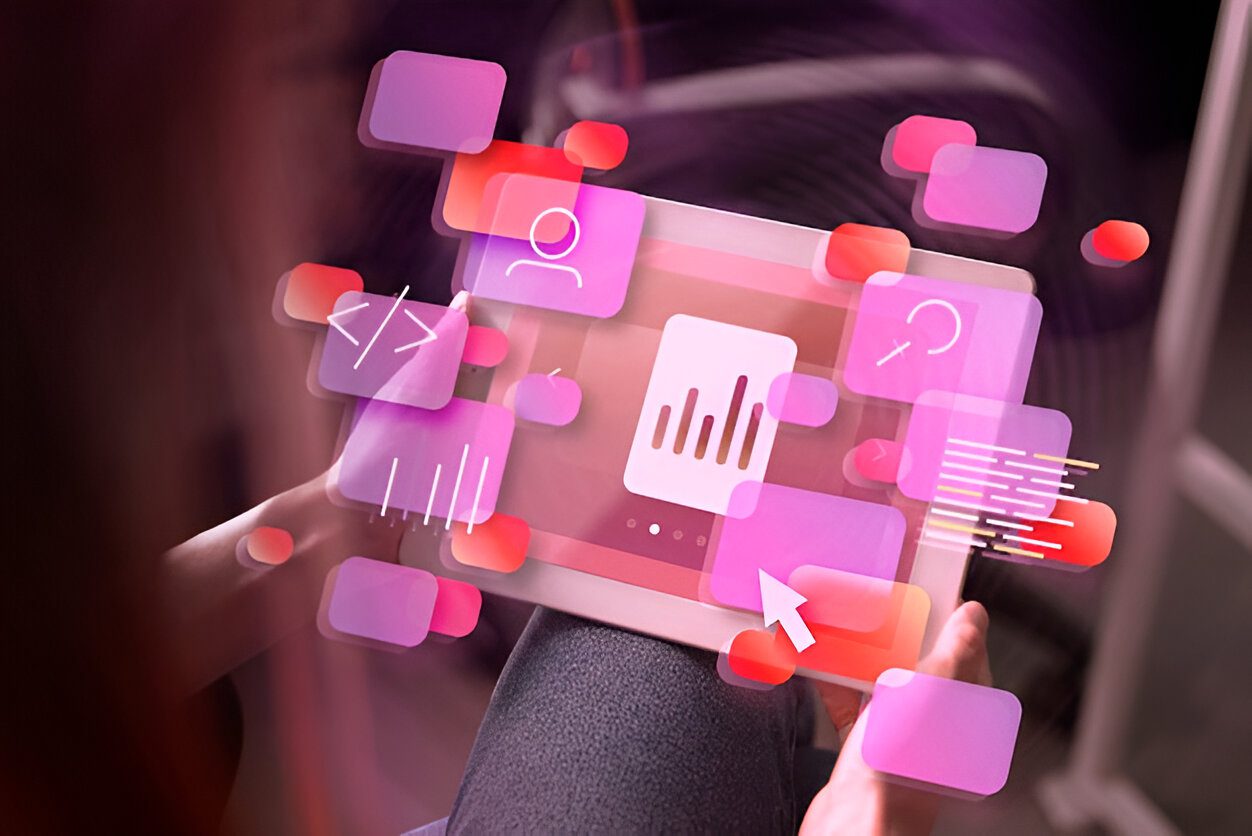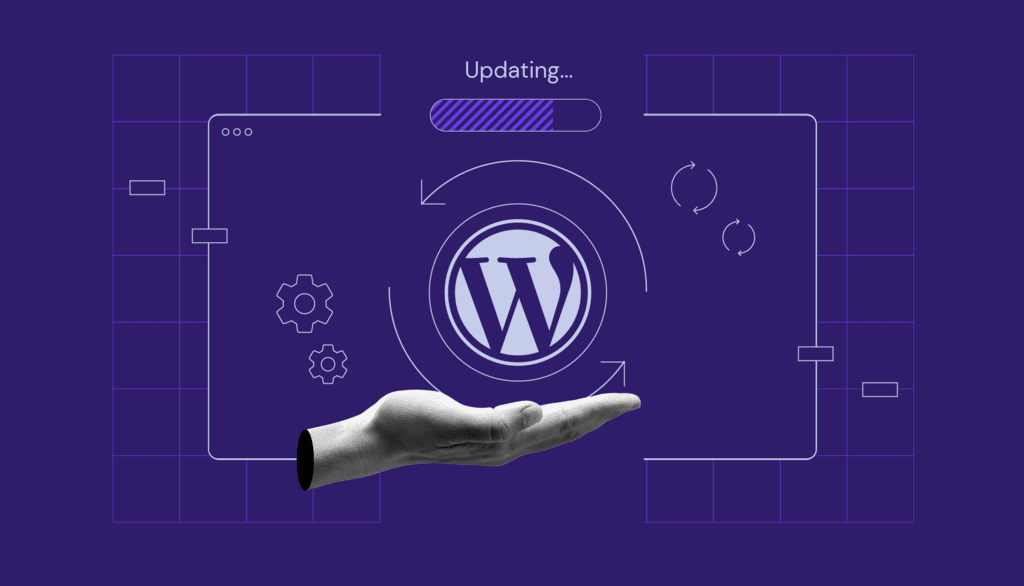In the modern era, the exponential rise in the popularity of Shopify as an E-commerce platform is of unprecedented nature. Whether you are an entrepreneur looking to take the first steps toward building your online store or an established business owner with the ambition of boosting the online presence of your brand, Shopify is the first name that comes to mind in your quest for online store builders.
But did you know 95% of Shopify businesses fail at one stage or the other? That’s because a host of online business owners consider managing the Shopify platform a walk in the park, not paying heed to common errors that can have fatal consequences for their business.
This is exactly the reason why in this blog, we will illustrate ten well-known and repetitive mistakes every Shopify seller must avoid at all costs. So, without further ado, let’s get started!
Importance of Shopify Stores in 2025
As the world of E-commerce continues to evolve at a rapid pace, the importance of Shopify stores is poised to escalate significantly in 2025. Here are key insights highlighting their growing significance:
- E-commerce Growth: It is pertinent to state here that previous projections estimated the global E-commerce market to reach $7.4 trillion by 2025. However, with Shopify powering around 10% of US e-commerce and serving 675 million online shoppers in 2023 alone, its stores are well-positioned for the anticipated growth.
- Digital Transformation: The COVID-19 pandemic accelerated digital transformation, with 71% of retailers planning to increase their E-commerce investments. This shift is better signified by Shopify, which allows the transition to online commerce, crucial for businesses adapting to new norms.
- Omnichannel Experience: Consumers expect a unified experience across all touchpoints. Shopify’s integrated platform delivers cohesive online and offline experiences with the rise of mobile commerce, which is predicted to drive over $710 billion in sales by 2025, accounting for nearly half of all e-commerce sales 2.
- Sustainability and Social Responsibility: With the growing consciousness of consumers, Shopify’s built-in sustainability features and app ecosystem can help appeal to the eco-friendly and socially responsible market, though the latest specific percentage of Gen Z shoppers seeking such brands.
- Entrepreneurship and Job Creation: Empowering over 4.4 million active businesses worldwide as of 2022, Shopify contributes significantly to job creation and economic growth. Moreover, this number is expected to rise, further solidifying Shopify’s role in global entrepreneurship, especially as quick commerce grows, potentially valued at $603 billion by 2032, offering new opportunities for Shopify store owners.
- Scaling Businesses: Notably, Shopify supports growth from the first sale to full-scale operations, with brands like Staples, Converse, and Glossier leveraging its components for integration with existing systems, demonstrating its versatility for businesses of all sizes as we enter 2025.
10 Mistakes You Must Avoid As a Shopify Store Owner
Leveraging the expertise of our Shopify developers, here we have underlined and explained the most common Shopify mistakes you must stay clear of:
- Not Knowing Your Target Audience
- Finalizing Business Idea Without Research
- Unattractive Store Design
- Not Selecting the Right Theme
- More Focus on User Acquisition
- Poorly Optimized Images
- No Focus on SEO-Optimization
- Incorrectly Setting Up Payment Gateways
- Poor Experience for Mobile Users
- Poor Customer Service
1. Not Knowing Your Target Audience
Consequences: Ignoring your target audience can lead to misguided marketing efforts, irrelevant product offerings, and a poorly designed user experience. This misalignment can result in low conversion rates, high bounce rates, and ultimately, a failing business.
Without understanding who your customers are, you cannot effectively cater to their needs, leading to a loss of trust and revenue.
How to Avoid It:
- Conduct Market Research: Use surveys, focus groups, and online analytics tools to gather data about your potential customers.
- Create Buyer Personas: Develop detailed profiles of your ideal customers based on the research, including demographics, preferences, and shopping behaviors.
- Analyze Customer Feedback: Regularly review comments, reviews, and support queries to refine your understanding of your audience over time.
2. Finalizing Business Idea Without Research
Consequences: Launching a business without proper market research can lead to entering a saturated market with an uncompetitive offering, or worse, a product with no demand. This oversight can result in significant financial losses, wasted time, and a damaged reputation if the business fails to adapt.
How to Avoid It:
- Market Analysis: Research your competitors, market trends, and consumer demand before finalizing your business idea.
- Validate Your Idea: Use platforms like social media, crowdfunding, or minimal viable product (MVP) launches to gauge interest in your product/service.
- Stay Flexible: Be prepared to pivot your business idea based on the insights gathered during your research phase.
3. Unattractive Store Design
Consequences: An unattractive store design can immediately deter potential customers, leading to high bounce rates and lost sales. A poorly designed site can also undermine trust in your brand, suggesting a lack of professionalism or attention to detail. Never underestimate the importance of a visually appealing UI/UX design.
How to Avoid It:
- Theme Selection: Choose a Shopify theme that aligns with your brand and is known for its aesthetic appeal and user experience.
- Customization: Tailor the theme to your brand’s identity without overcomplicating the design.
- User Testing: Conduct usability tests to identify and fix any design or navigation issues before launch.
4. Not Selecting the Right Theme
Consequences: Selecting the wrong theme can lead to a site that is not optimized for conversions, is difficult to navigate, or fails to properly showcase your products. This can lead to frustrated customers, lost sales, and the financial burden of needing to rebuild your site.
How to Avoid It:
- Define Your Needs: Identify the features you need (e.g., product filtering, blog integration) before selecting a theme.
- Read Reviews and Check Ratings: Look for themes with high ratings and positive reviews from users with similar needs.
- Test Before Committing: Use Shopify’s theme preview feature or test a theme on a development store to ensure it meets your requirements.
5. More Focus on User Acquisition
Consequences: Overemphasizing user acquisition at the expense of retention can lead to a leaky bucket effect, where the cost of constantly attracting new customers outweighs the revenue generated. In the long term, this strategy can be unsustainable, leading to significant financial losses.
How to Avoid It:
- Balance Acquisition and Retention Strategies: Allocate resources to both attracting new customers and retaining existing ones.
- Implement Loyalty Programs: Offer incentives to encourage repeat business and build customer loyalty.
- Analyze Customer Lifetime Value (CLV): Focus on increasing CLV to understand the long-term worth of each customer.
6. Poorly Optimized Images
Consequences: Poorly optimized images can lead to slow site speeds, deterring users and negatively impacting search engine rankings. This can result in lower visibility, reduced traffic, and consequently, fewer sales.
How to Avoid It:
- Compress Images: Use tools like TinyPNG or ShortPixel to reduce image file sizes without compromising quality.
- Use the Right Format: Select the appropriate image format (JPEG, PNG, SVG) based on the image type.
- Lazy Loading: Implement lazy loading to defer the loading of images until they are needed.
7. No Focus on SEO-Optimization
Consequences: Ignoring SEO can lead to poor search engine rankings, making your site virtually invisible to potential customers. This oversight can drastically reduce organic traffic, leading to lost opportunities and revenue.
How to Avoid It:
- Keyword Research: Identify relevant, high-traffic keywords and incorporate them into product titles, descriptions, and meta tags.
- Optimize Product Pages: Ensure each page has unique, descriptive content and optimized images.
- Regularly Update Content: Keep your blog and product offerings fresh to signal to search engines that your site is active and worthy of crawling more frequently.
8. Incorrectly Setting Up Payment Gateways
Consequences: Misconfiguring payment gateways can lead to lost sales due to checkout frustrations, security vulnerabilities exposing customer data, or unexpected transaction fees eating into your margins.
How to Avoid It:
- Follow Setup Guides: Carefully adhere to Shopify’s setup instructions for your chosen payment gateway.
- Test Transactions: Perform test transactions to ensure the gateway is working correctly.
- Monitor and Adjust: Keep an eye on transaction fees and adjust your gateway setup as needed to optimize costs.
9. Poor Experience for Mobile Users
Consequences: As a Shopify store owner, providing a subpar mobile experience to new customers can lead to high bounce rates among the increasingly mobile-dependent user base, resulting in lost sales and negative brand perception.
How to Avoid It:
- Choose a Mobile-Friendly Theme: Ensure your Shopify theme is responsive and provides a seamless user experience on all devices.
- Test on Various Devices: Verify that your site functions well on different mobile devices and browsers.
- Simplify Checkout: Optimize the mobile checkout process to reduce friction and increase conversion rates.
10. Poor Customer Service
Consequences: Offering poor customer service can lead to negative reviews, loss of repeat business, and a damaged brand reputation. Dissatisfied customers can also deter potential buyers through word of mouth and online reviews.
How to Avoid It:
- Implement Multi-Channel Support: Offer support through various channels (email, phone, chat) to cater to different customer preferences.
- Respond Promptly: Ensure timely responses to customer inquiries to show you value their time.
- Train Support Staff: Provide ongoing training to ensure your support team can effectively resolve issues and represent your brand positively.
Final Thoughts
While the potential for starting your Shopify store is limitless, the path is not without hurdles – as is the case with every other business. With an open mind and keeping one eye on the commonly avoidable mistakes, you can ensure the long-term success and viability of your online Store.














